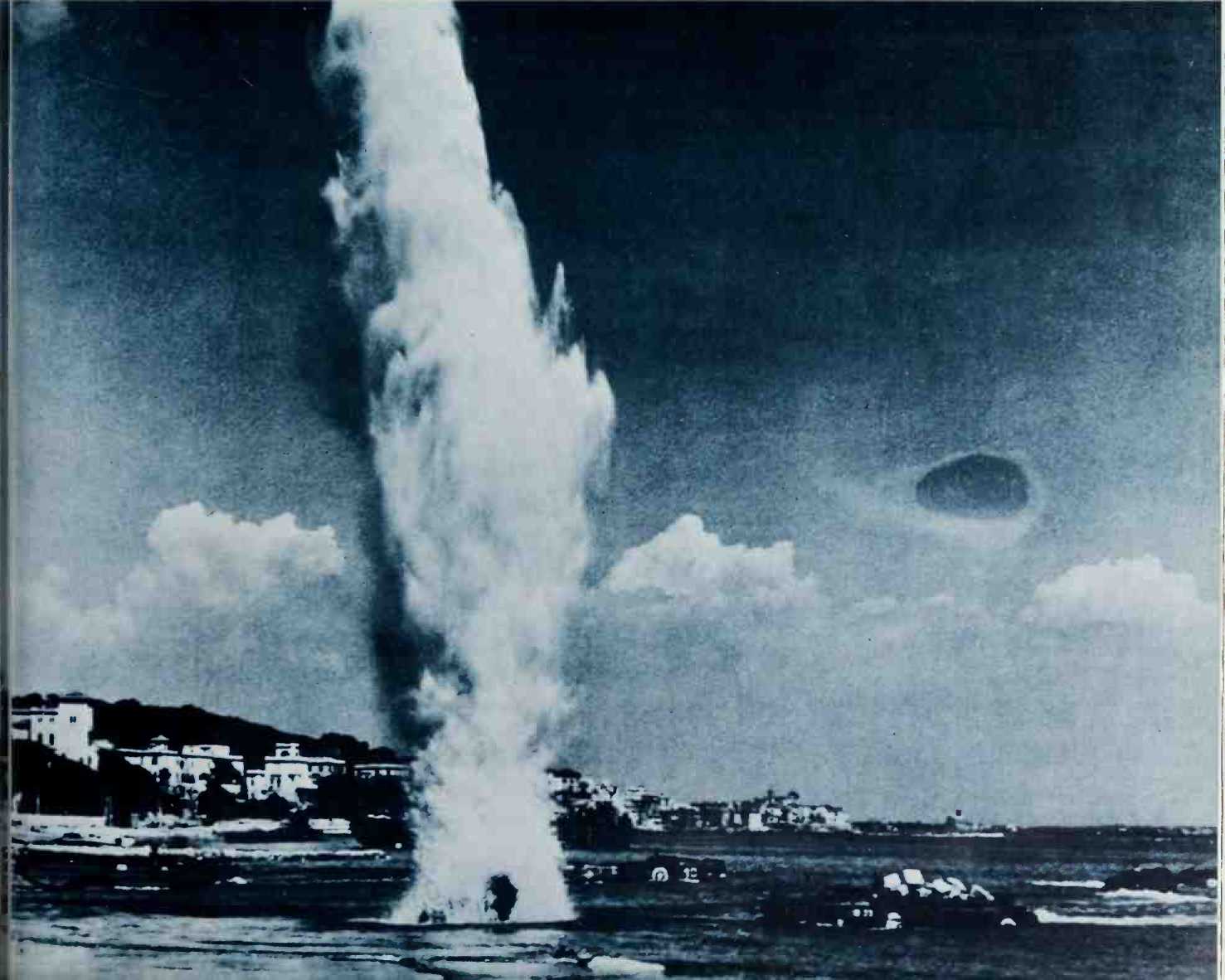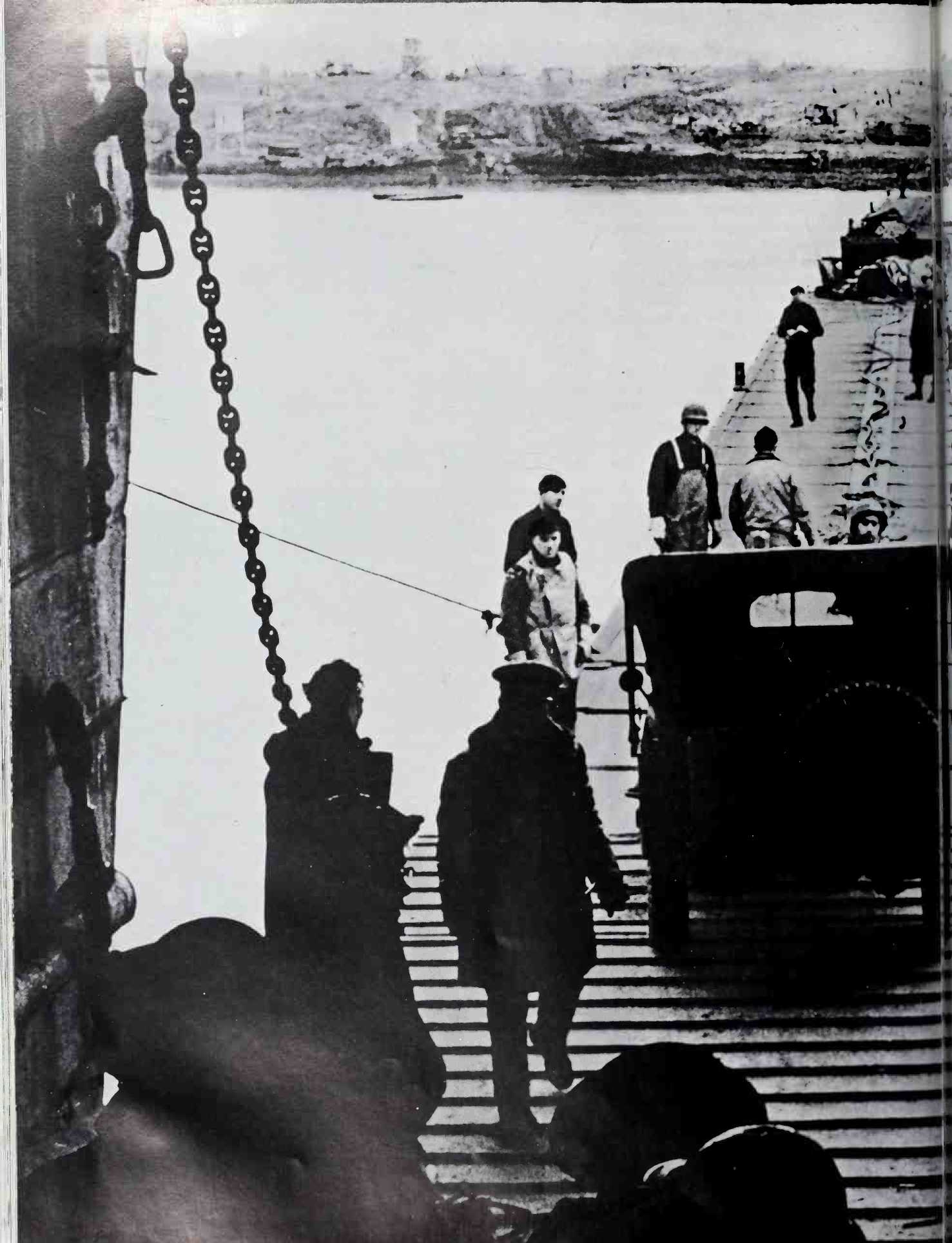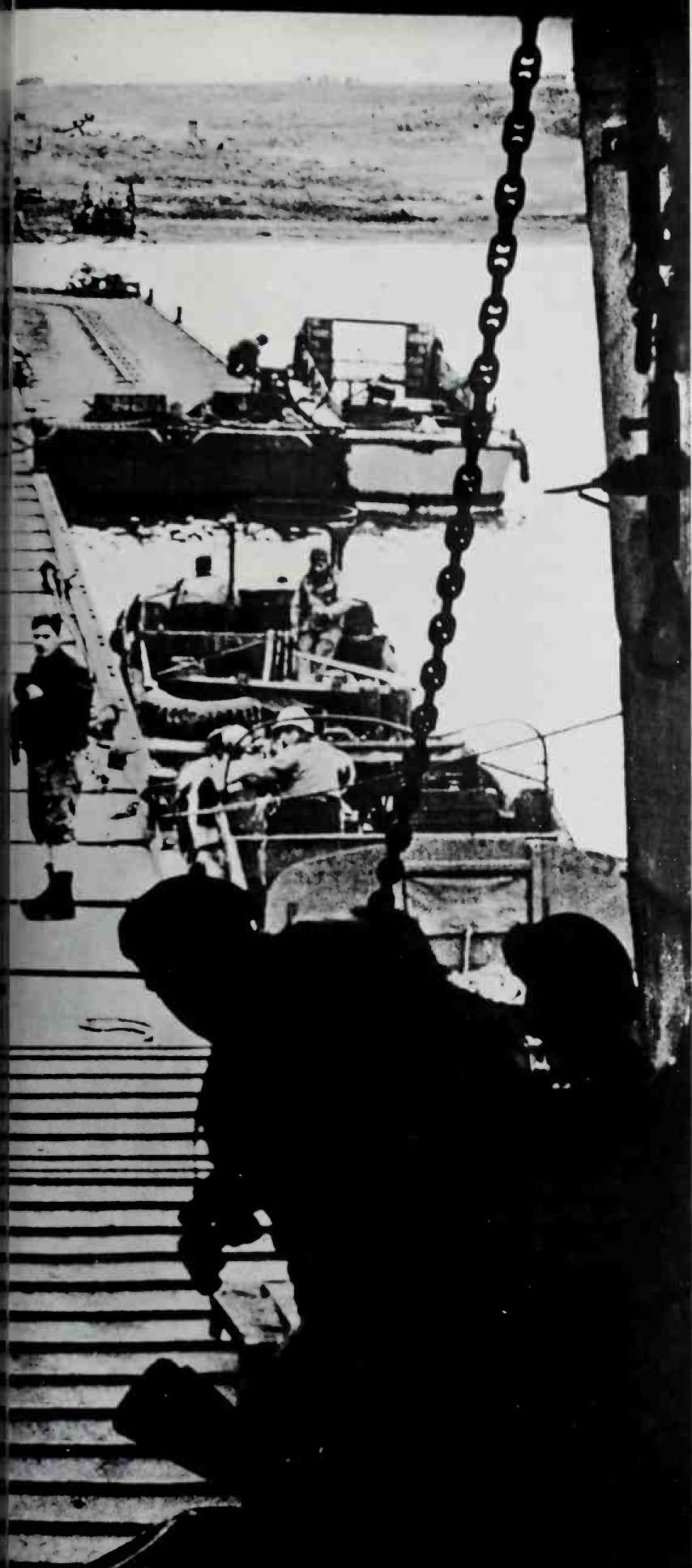The 5th Army plan to take the Cassino defile placed the main burden on the American II Corps (Major-General Geoffrey Keyes). Forcing the Rapido at San Angelo, five miles south of Cassino, it would drive up the Liri valley and its tanks would exploit the success towards Frosinone then Anzio. This action was to be supported on the right by the French Expeditionary Corps (General Juin) and on the left by the British X Corps (Lieutenant-General Sir Richard McCreery).
"It was a somewhat simple concept,’’ wrote Marshal Juin, "revealing a bold temperament which everyone recognised in the 5th Army commander, but at the same time it was at fault in that it ignored certain strategic principles and betrayed a false notion of distances and especially of the terrain in this peninsula of Italy where mountains-and what mountains! -dominate the landscape.’’
Sure enough the British X Corps, though it established a bridgehead on the right bank of the Garigliano (resulting from the confluence of the Liri and the Rapido), came to grief on the slopes of Monte Maio. The American 36th Division (Major-General F. L. Walker) of II Corps was even less fortunate, losing the strip of land it had won two days before on the right bank of the Rapido with casualties of 143 dead, 663 wounded, and 875 missing. On the right the 3rd Algerian Division (General de Monsabert) and the 2nd Moroccan Division (General Dody), attacking in line abreast, captured the heights of Monna Casale and Costa San Pietro (4,920 ft). But the French Expeditionary Corps did not have the reserves to exploit this success in the direction of
Atina, from where it might have been possible to get down into the Liri valley behind the defence line along the Rapido.
General Clark had six divisions (54 battalions) and his opponent, General von Senger und Etterlin (XIV Panzer Corps), had four with only six battalions apiece. This indicates how the terrain favoured the defenders, who were also valiant, well-trained, and better led. They were, however, stretched to the limit and Vietinghoff had to ask Kessel-ring for reinforcements. Kesselring took it upon himself to send him the 29th and the 90th Panzergrenadier Divisions from Rome, where they had been stationed in reserve.
"Considering what happened,” General Westphal, at the time chief-of-staff of Army Group "C”, wrote in 1953, "it was a mistake. The attack and the crossing at the mouth of the Garigliano were only a diversion intended to pin down our forces and to get us to drain our resources away from Rome as far as possible. The Allied commander’s aim was fully achieved.” Three years later Kesselring answered this charge, though without naming Westphal, to some point:
"I was well aware of the enemy’s possible moves. One of these possibilities always stood out more clearly than the others. The attack by the American II Corps and the French Expeditionary Corps on positions north of Monte Cassino was clearly linked to the fighting on the Garigliano and increased its chances of success.
"Another possibility, that is the landing, was still only a faint one. We did not know yet when or where this would be. If I had refused the request of the 10th Army’s commander, his right flank could have been dented and there seemed to be no way of knowing how it could have been restored.” The German field-marshal seems to have been right in his judgement
A < On the quayside.
V < Down the ramp and into Anzio town.
V Kesselring’s gunners wake up: a German shell seores a near hit on D. U.K. W.s heading in towards the beaehes.
Overleaf: Extending the limited aceommodation of Anzio harbour: a floating eauseway from ship to shore.



Because on the eve of the event Admiral Canaris, head of the Abwehr, had told him that in his opinion no Allied landing was to be expected in Italy in the near future.




 World History
World History









